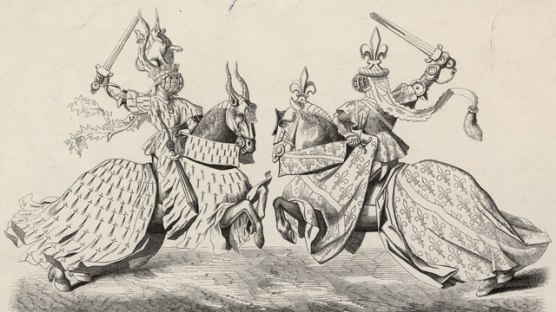I have never really put much thought into the instruments used for warfare. I have viewed a lot of it as oh they both have guns. But, looking at the fall of Constantinople, military technology, even to the smallest degree, really has an impact on how well a state does in a war. Ranging from horses to nuclear bombs, any small advantage someone has against their opponent, even if the opponent is larger and has more supplies can help them to win the war they are fighting.
To the Ottoman’s, that tipping of the scale came from the use of cannons on the battle field. There are many strategic plus sides to a cannon. It does damage from a ranged position and can keep men out of harms way therefore losing less troops on the field of battle. It sends giant rocks sailing towards the opponent which can do many things including smashing a wall clean open or hitting the ground and sending shrapnel in every direction killing two (or more) birds with one stone, per say. Even though the cannon had a large mass to it the Ottoman who created the cannon even had an answer for this predicament. He had the cannon able to break into two separate pieces instead of one large one to allow the armies the capability to move the cannon with more ease than if they had to move this giant metal cylinder the front lines of battle.It seem now that the only issue you have with this new cannon is that you could suffer form hearing loss because of the blast. Now people can go through walls and not over them.
